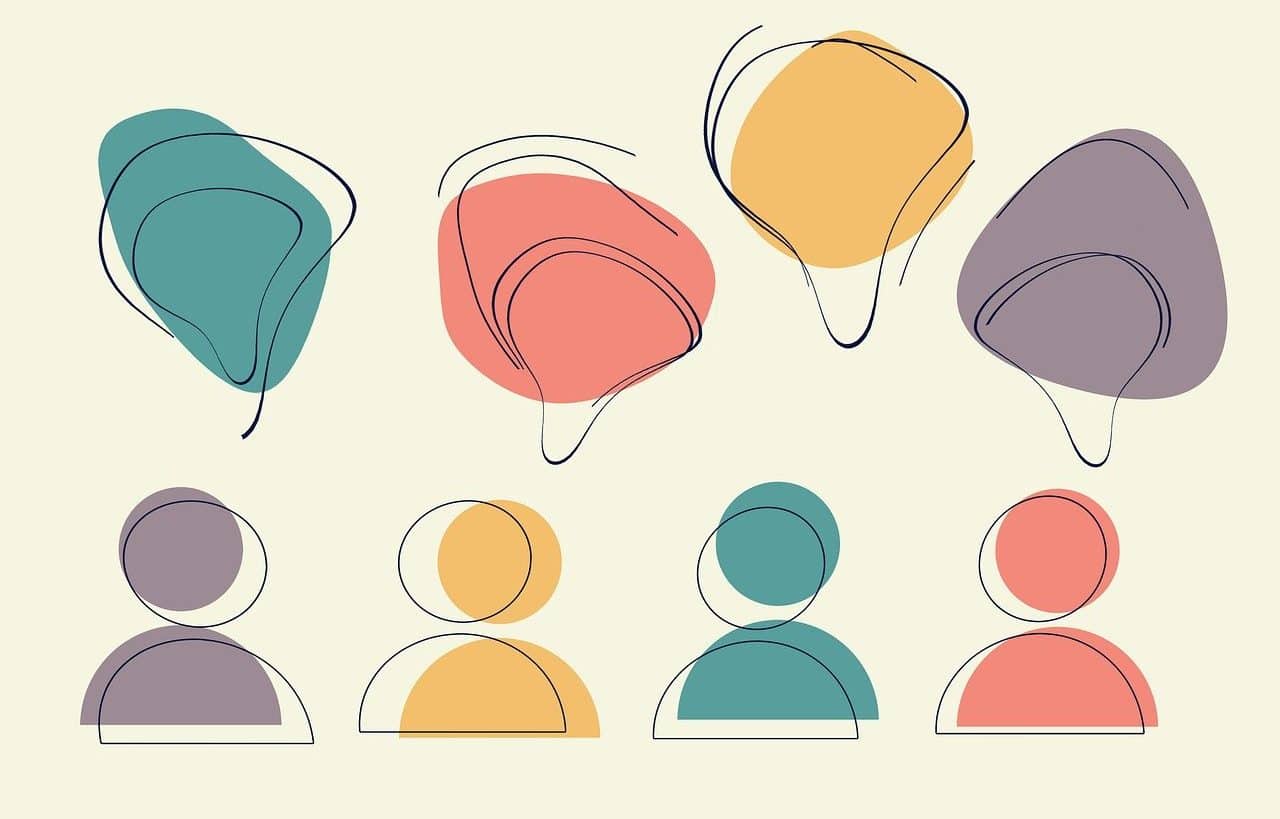
Active learning includes peer tutoring and formative feedback.
Active learning is a concept that can be used in two different ways. On the one hand, the notion is used to refer to the pedagogical methodology that gives the student a leading role in the construction of knowledge.
On the other hand, a machine learning model is called active learning. Its distinctive feature is that the algorithm interacts with the user to develop the labeling of a data set with its corresponding outputs.
Active learning in education
Active learning is associated with so-called experiential education . These are active teaching strategies that call for teamwork and group discussion to solve problems and develop critical thinking.
The premise of active learning is that students establish a link between their previous knowledge and the new information they receive. Thus, with active methodologies proposed and guided by the educator, they can produce knowledge.
The difference between this type of learning that leads the student to reflect and passive learning where the teacher gives the lessons and the students limit themselves to receiving them without further intervention is evident. Other modalities related to active learning are project-based learning , participatory learning , cooperative learning , and inquiry learning .

Brainstorming can be part of active learning.
Its origin
Active learning emerged from constructivism . According to the Swiss biologist, epistemologist and psychologist Jean Piaget ( 1896 – 1980 ), children adapt or replace their knowledge with others of greater depth as they construct meaning.
For constructivism, learning implies that knowledge is installed in long-term memory and integrated into mental schemes. In the case of the social constructivism trend, it is added that learning requires interaction with classmates and teachers. In this way, the vision of active learning is that the student advances in critical reflection and in the assimilation of content with guiding questions from the educator and participating in practical workshops that involve them in group dynamics, to mention a few possibilities. The use of real cases to carry out collaborative research work and scientific experimentation in the classroom are other common resources.

Active learning can make use of educational software .
Examples of active learning
An example of active learning is simulations . A simulation of the functioning of a Summit of the Americas can be carried out in a school. In this way, students must understand how these meetings work, how their topics are addressed and how to capture their results (action plans, statements of principles, etc.).
Similarly, role playing is another example of active learning. This system can be useful in teaching electoral processes: students can assume the position of voters, candidates, prosecutors and the rest of the actors involved in the elections.
Classroom discussions are also examples of active learning. The teacher can propose a topic and give certain guidelines to the students so that they can defend their position.
Your advantages
According to specialists, active learning promotes understanding . This means that students go beyond memorization: they are able to apply what they have learned in different contexts and to solve different problems.
Likewise, by involving students in the teaching dynamic, their autonomy is encouraged. Each individual must assume the commitment to promote the construction of knowledge.
Another benefit of active learning is that, thanks to its characteristics, it increases motivation . Deliberations, working with real situations and other variables serve as an incentive. Likewise, this pedagogical methodology contributes to the development of creativity .
Active learning in artificial intelligence
As we indicated at the beginning of this article, active learning also appears in the field of artificial intelligence , specifically in the field of machine learning .
Artificial intelligence is called a computer system that, through the use of algorithms, manages to imitate human faculties to carry out tasks. These systems manage to “learn” : they improve their performance as they process more data (that is, through experience).
This capability is known as automatic learning or machine learning . Thanks to it, a machine can perform certain actions autonomously, without having been specifically programmed for this purpose.
Active learning, in this framework, is a machine learning model that requires a person to manually label a small data set for training. There is a selection strategy by the system, which chooses the samples that the user must label and then train with them.
This modality is very valuable when manually labeling all data is impractical or expensive. The determination of the samples is based on the level of uncertainty : the system chooses those data that it interprets as those that present the greatest difficulty for classification.
